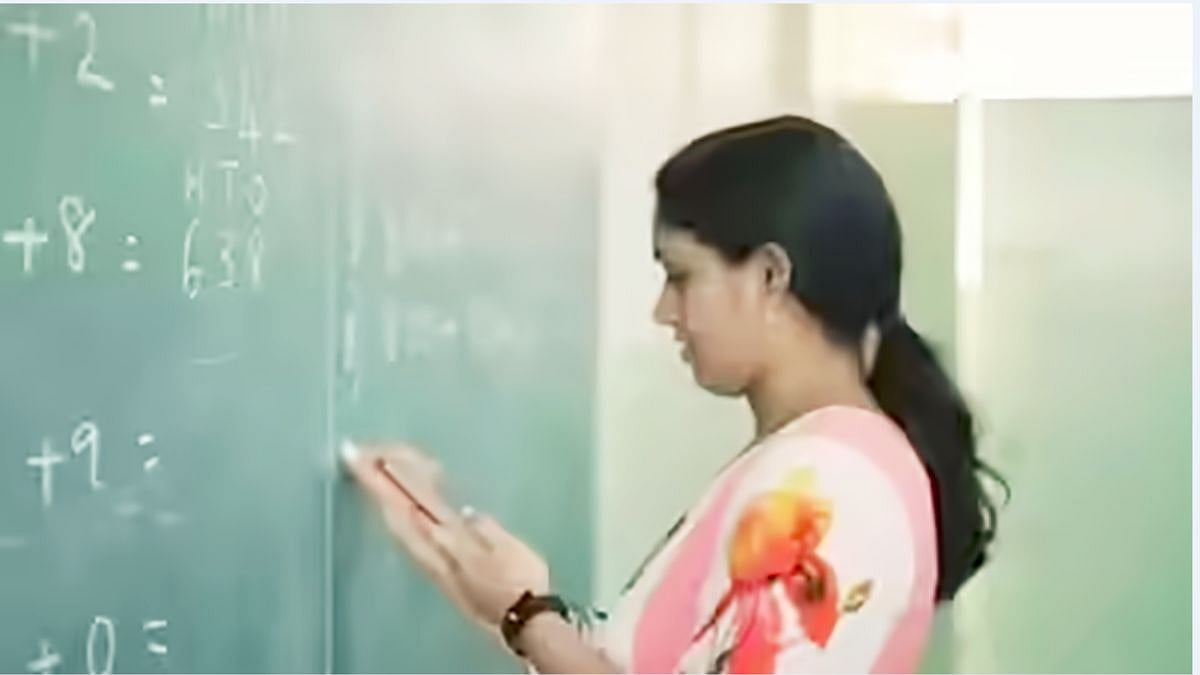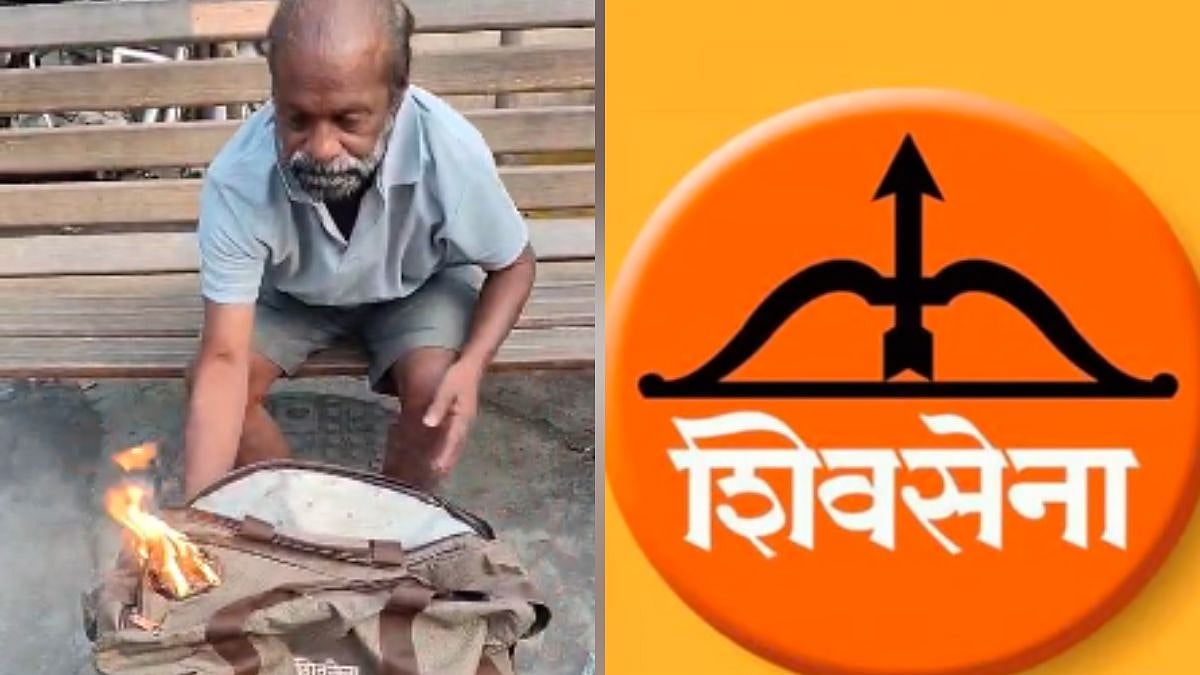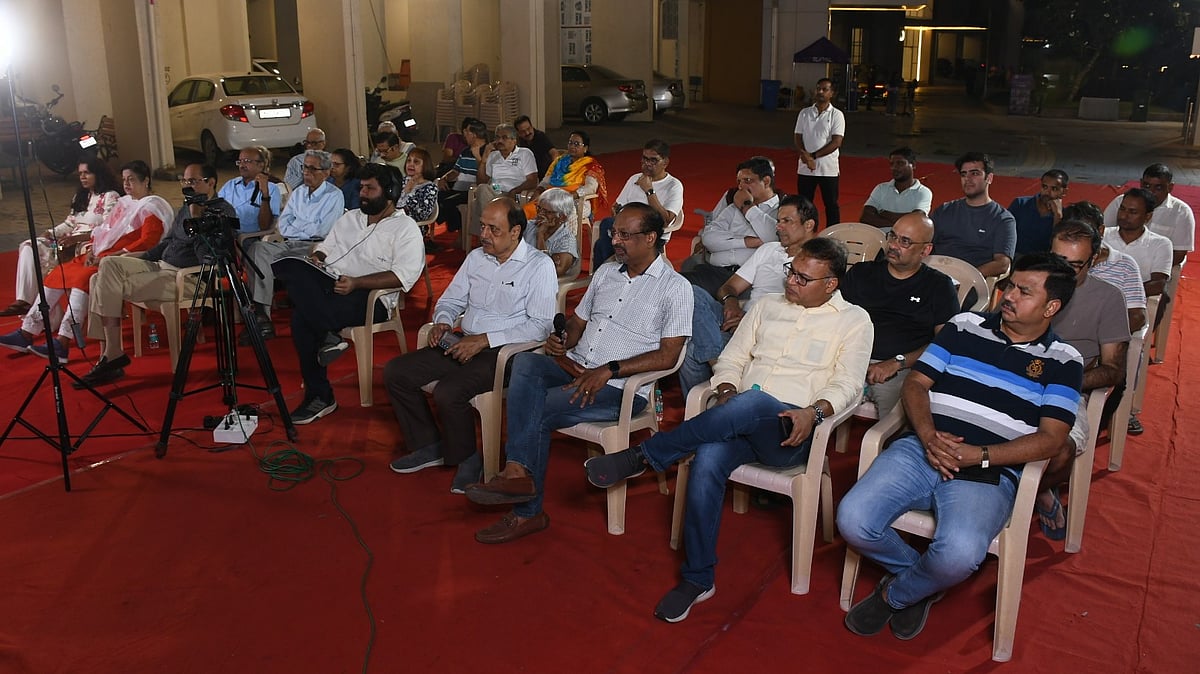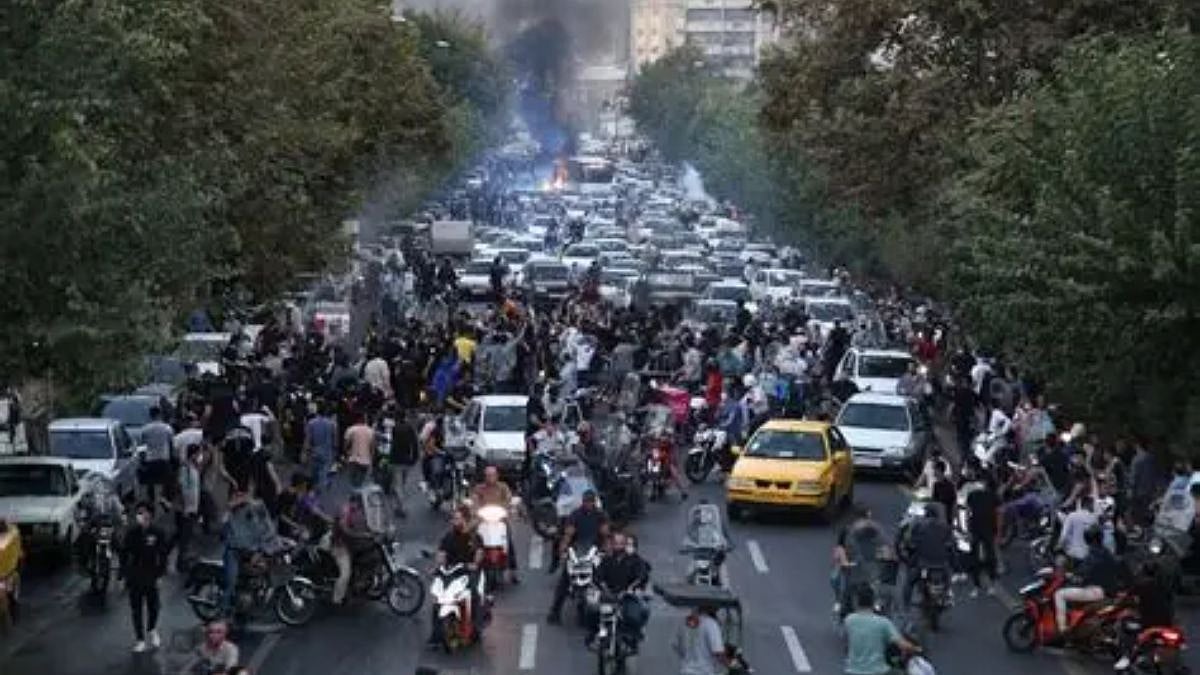Earlier this year, Hollywood writers and actors felt the threat of AI's shadow looming over their careers. Fearing job losses and losing creative control, they came together to strike, demanding protection and fair compensation. The industry suffered major losses, costing over $6 billion as production came to a grinding halt. The strike went on, with neither side giving ground till recently, when a deal was struck. However, even with a hard-won agreement, the looming threat of AI advances ensures a continuous struggle for human artistry's value in the face of a relentless technological wave. The battle for creative ownership and artistic jobs is far from over, as AI's capabilities continue to expand, constantly redefining the landscape of entertainment. It's a fight for artistry and human value in a future increasingly dominated by artificial intelligence.
Movies have always been at the forefront of technology, be it special effects or optical illusions. But those were still being driven by human creativity and imagination. However, the more recent forms of AI have evolved to do a lot more. OTT giant Netflix used AI-generated background images in its animated short Dog and Boy. Disney resurrected both Princess Leia and Grand Moff Tarkin (played by Carrie Fisher, and Peter Cushing) by using AI to superimpose their face and facial expressions on other actors. Not only that, but AI algorithms can also analyse vast amounts of data, including scripts, novels, and audience feedback, to identify patterns and generate creative ideas for stories and characters. But it is not just movies and shows. Advertising agencies are using AI for everyday copy, As are content marketing companies. Advertising films are generated in a fraction of the time and cost using AI. And new kids on the creative block are using it to generate graphic novels, and artwork.
The integration of Artificial Intelligence in creative industries heralds a new era of efficiency and innovation, or so the supporters of greater AI use in TV and film production say. In a film or TV show where each minute of time spent in production or postproduction, can run into several hundreds of thousands of dollars – the capability of AI with regards both speed and accuracy tips the balance. In Netflix's animated shorts or Pixar's "Elemental," AI took over tasks such as background rendering or character animation, freeing human artists to focus on more nuanced aspects of storytelling and visual expression. Not just this, AI opens doors to entirely new forms of art, enabling creators to explore realms beyond human imagination. Search for “Generative Art” and you will see the variety of new kinds of art.
Furthermore, AI acts as a non-judgmental bouncing board, offering unique perspectives and ideas that push the boundaries of what is considered possible in art and design. The result is not just efficiency, but a broadening of the creative horizon, where AI-generated art coexists with traditional forms, each enriching the other. This synergy between human creativity and AI presents an exciting future for creativity. But it has its flipside.
The growing use of Artificial Intelligence in creative areas brings with it not just opportunities, but also gives rise to major challenges and concerns. One of the biggest worries is job losses. As AI gets better at tasks like writing, painting, or animating, people wonder if there will still be a place for human artists. Will AI take over jobs, or will it just change the kinds of jobs available? Along with this, there are ethical questions. Is it right to use AI to recreate actors? Recently, actor Anil Kapoor won a landmark judgment in the Delhi High Court with respect to the use of his image, personality, voice and other attributes by AI. In the USA, authors – including Pulitzer awardee Michael Chabon – planning a class action lawsuit against Open AI that used their novels to train ChatGPT. And this leads us to a bigger question, how do we make sure AI – or the companies running AI - respect the originality and rights of human creators? These are tough questions that the industry needs to answer as AI becomes more pervasive in creative industries. The balance between embracing new technology and protecting people's jobs and rights is delicate and crucial to get right.
As we stand at the cusp of a new era where AI augments human ingenuity, it's important to remember that art, at its core, is a human endeavour. While AI can enhance and expand our creative capabilities, the heart of creativity remains in the human touch, the stories we tell, and the emotions we share. It is unlikely that AI will be able to come up with an original epic like the Mahabharat, or create the poetry of Kabir, or even the works of Mozart. It may derive something from a fair few creative works that it can ingest and scan in seconds, but it will still be derivative work.
Creativity is a part of what makes us human. From the early hunter gatherers painting scenes of animal hunts in caves, to now – art, stories, movies have been rooted in our emotions, travails and tribulations, and a nuanced understanding of the world that AI cannot replicate. While AI can create impressive works, it lacks the personal touch, the backstory, and the emotional depth that human artists bring to their creations. Every brushstroke, word, and note in human art carries a piece of the artist's soul, their struggles, joys, and perspectives. This is not to say that AI will not have the capacity to “feel” or “emote” – it is to say that if human expression dies at the altar of unrestricted technological advancement – then what is the future of humanity?
(The writer works at the intersection of digital content, technology, and audiences. She is a writer, columnist, visiting faculty, and filmmaker)











